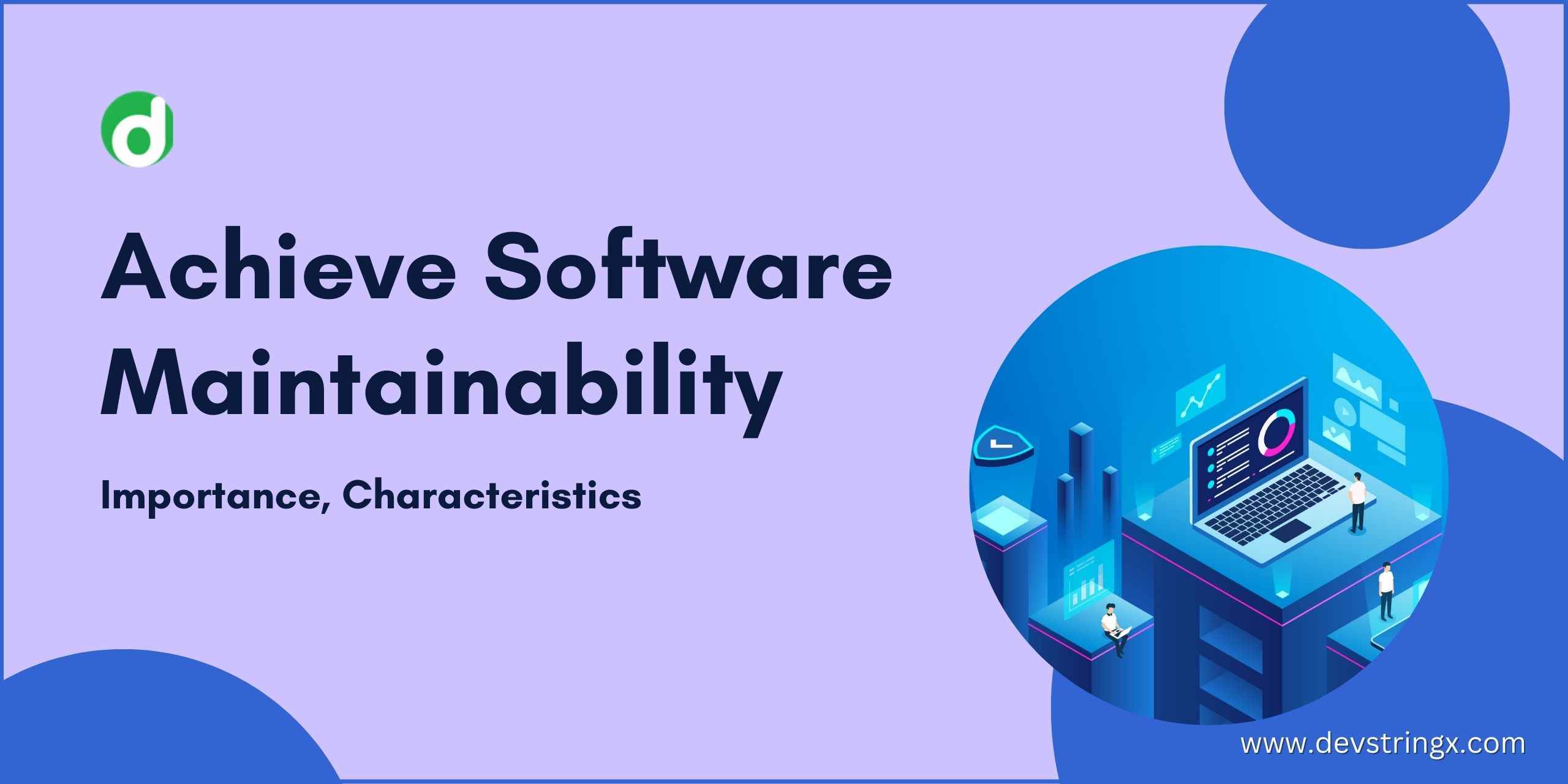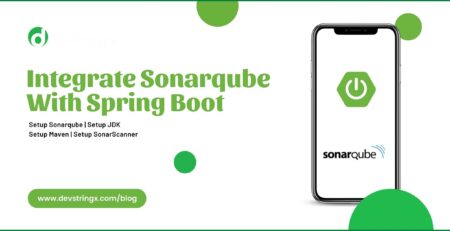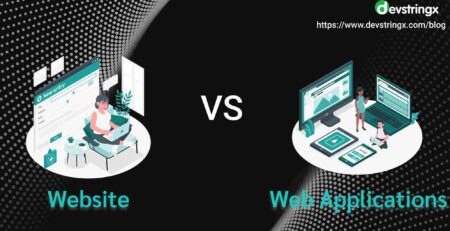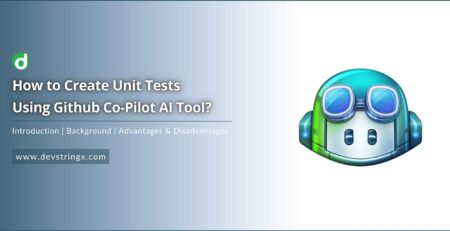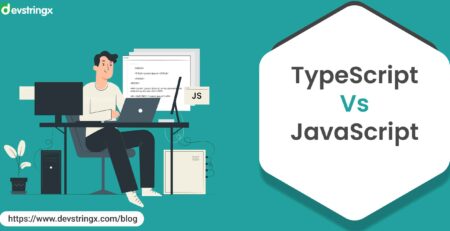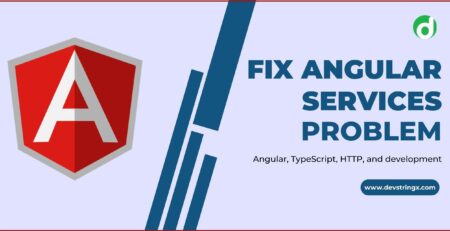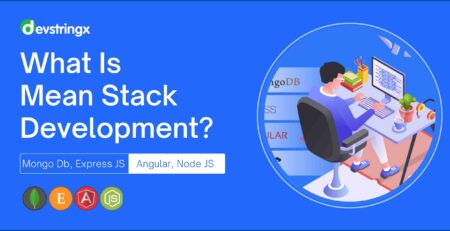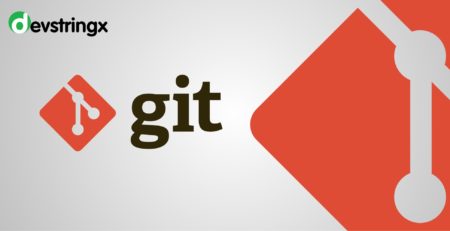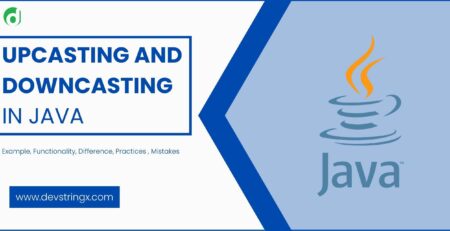Software Maintainability: What it Means to Build Maintainable Software? – Devstringx
It’s no secret that software development can be a messy business. Over the years, I’ve worked on plenty of codebases that were far from perfect. Some of them were downright nightmarish. But what exactly makes the software easy or hard to maintain?
What Is Software Maintainability?
Maintainability is a measure of how easy it is to keep a software system running smoothly and effectively. A maintainable system can be easily adapted to changing needs, whether those changes are made by the original developers or by new members of the team.
Several factors contribute to maintainability, including code quality, documentation, and modularity. Code quality includes factors such as readability, consistency, and simplicity. Documentation can help new team members understand the code base and make changes without introducing errors. Modularity allows different parts of the system to change without affecting other parts, making it easier to make targeted changes without having to understand the entire system.
Developers should aim to create software that is maintainable from the start. However, even established code bases can improve to increase maintainability. By refactoring code and improving documentation, teams can make it easier to keep their systems up-to-date and effective.
Why Is Software Maintainability Important?
Maintainability is important for several reasons:
- To ensure that software can update and extend over time.
- Help to minimize the cost of ownership, including support and maintenance costs.
- To improve the quality of the software by making it easier to find and fix bugs.
- To make it easier for new developers to understand and work with the codebase.
Good to Read:- Testing Metrics in Agile Development
Characteristics of Maintainable Software
There are many factors to consider when building maintainable software. These include:
- Readability: The code should be easy to read and understand. This makes it easier for new developers to jump in and start working on the project, and also makes it easier to spot potential bugs.
- Modularity: The code should organize into logical modules that can be independently maintained and updated. This allows changes to be made without affecting the rest of the codebase and makes it easier to reuse code in other projects.
- Testability: The code should be written in a way that makes it easy to write automated tests. This helps ensure that new changes don’t break existing functionality, and also makes it easier to catch bugs before they make it into production.
- Flexibility: The code should be flexible enough to accommodate changing requirements over time. This includes using abstractions and design patterns that make the code more resilient to change and avoiding tightly-coupled dependencies that make it difficult to modify individual components.
- Scalability: The code should design for scalability from the outset. This means considering things like performance, caching, load balancing, and other factors that can impact the system’s ability to handle increased traffic or data volume.
How to Achieve Software Maintainability?
There is no silver bullet for achieving maintainability, but there are some best practices that can help. One key practice is to modularize your code so that different parts of the system are loosely coupled. This makes it easier to make changes to one part of the system without affecting other parts.
Another important practice is to write clear and concise code. This makes it easier for others to understand and work with your code. It also helps prevent errors and reduces the need for debugging.
Finally, it’s important to document your code well. This includes writing comments that explain what your code does and how it works. It also means creating external documentation that describes the overall architecture of your system. By doing this, you make it easier for others to understand how your system works and how to make changes to it.
Good to Read:- Top Software Engineering Models and Methods
FAQs
- What Does the Term “Maintainable Software” Mean?
Maintainability is more precisely described as “the simplicity with which a software system or component can adjust to fix defects, improve performance or other features, or adapt to a changed environment” in the IEEE Standard Glossary of Software Engineering Terminology.
- What Is the Software System’s Maintainability?
The ability to understand, fix, or improve a piece of software is known as maintainability. Software maintainability is crucial because it accounts for about 75% of project costs! How much effort are you putting into maintaining code that may change or remove?
- Why Is a System Maintainable?
Analysis of system maintainability. The possibility of completing a successful repair action in a specific amount of time is what is meant by maintainability. In other words, maintainability assesses how quickly and easily a system may be made operational following a breakdown.
- What Distinguishes Maintenance from Maintainability?
The term “maintainability” describes how simple it is to execute maintenance tasks on a piece of property or machinery. What Does Scheduled Maintenance Mean? Any repair and servicing work completed within a predetermined timeframe consider scheduled maintenance. It specifies who will carry out specific maintenance tasks and when.
Conclusion
Building maintainable software is important if you want your software to use and loved by its users. By following the tips in this article, you can make sure that your software is easy to use and maintain, now and in the future. Thanks for reading!
If you are looking reliable long-term partner to maintain your software Feel free to contact us!

